| Here are the traditional cheesy pyramid shots. You can't really be a
proper Egypt tourist until you've been on a horse or camel, and been
cheated at least a dozen times. On this particular day, I drug my ass
out of bed at 4AM to see the pyramids at dawn, but ended up riding a
horse for an hour just to look at fog. This particular shot was taken
several hours later. |
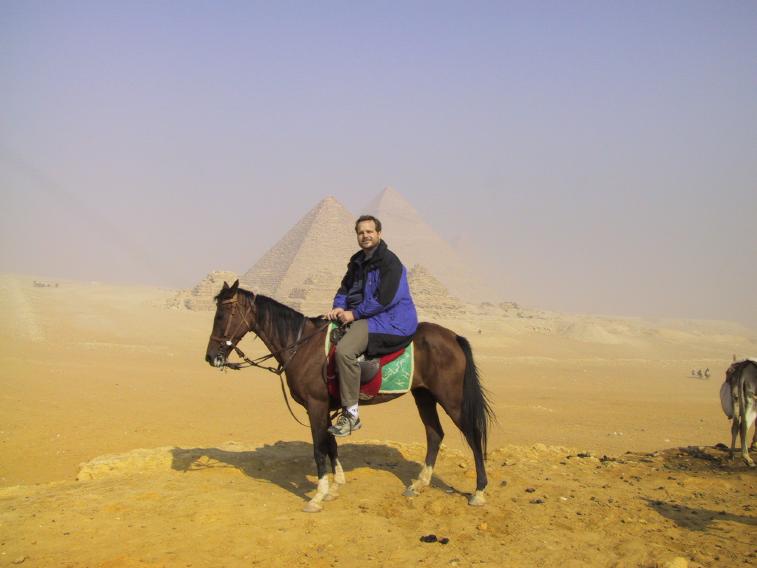 |
|
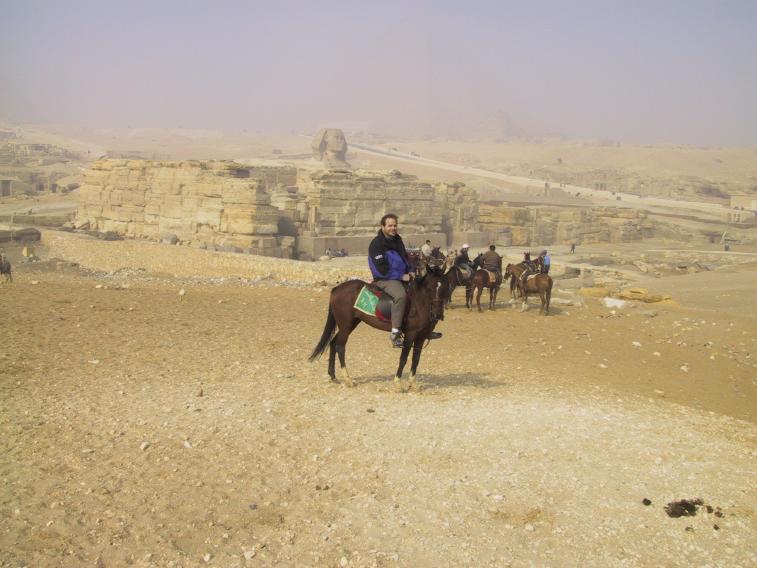 |
| These shots show some of the other things that appear around the
pyramids. The pyramids were part of an evolutionary process that made
the ancient Egyptians use more and more elaborate burial rituals up
until the pyramids, and then go back to simpler ones after that. This
one shows an old cemetery close to the pyramids. |
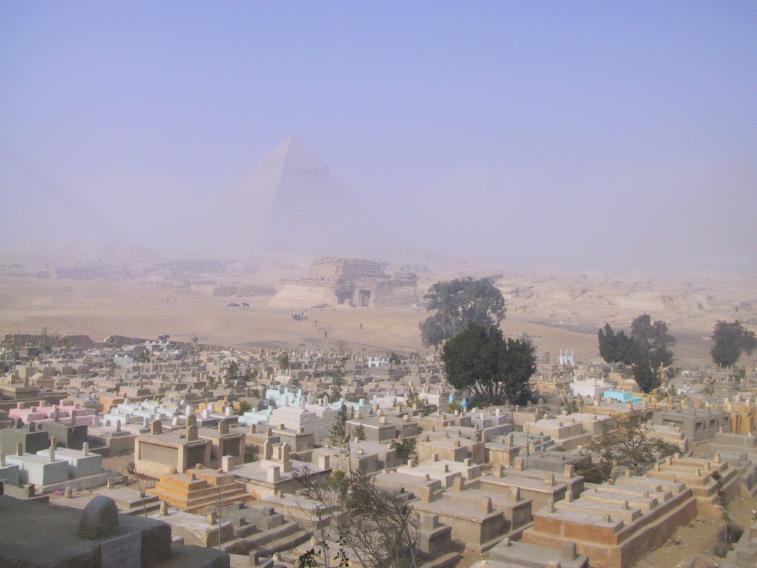 |
| This one shows remains of some of the earlier tombs that were used
before the pyramid idea took shape. There are better examples of the
earlier tomb styles at other places in Egypt that I didn't go to. |
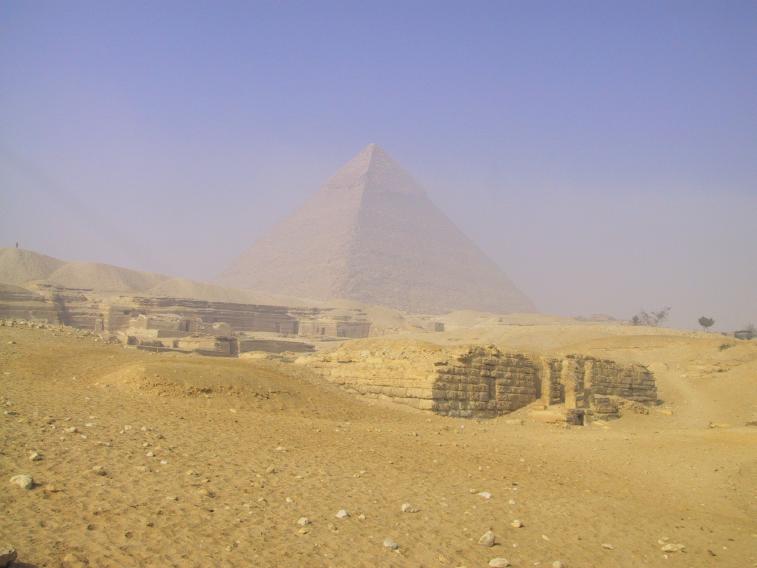 |
| These shots try to give some idea of the size of these things. They're
big, particularly when you look at the technology level that was
available to make them. In the first photo, the van is about 100 meters
away from the pyramid. In the second, the people and camels are right
next to it. In the third shot, the building built next to the pyramid
is a pretty good sized building. |
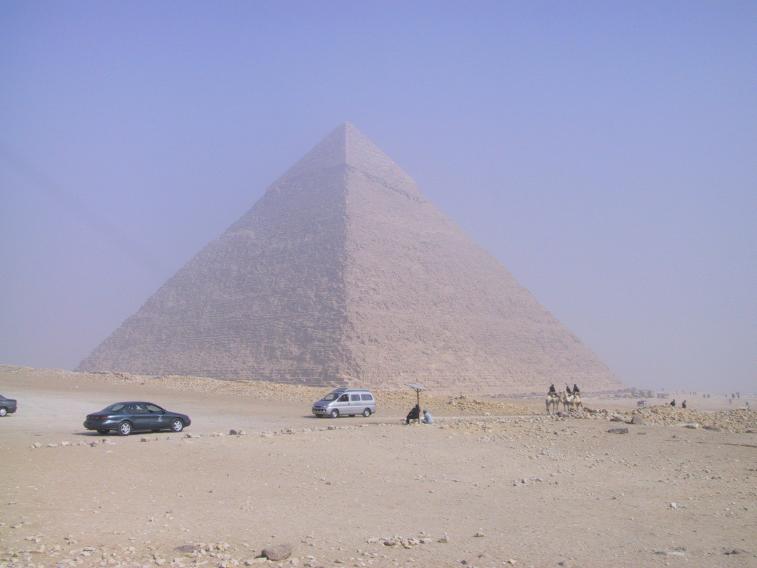 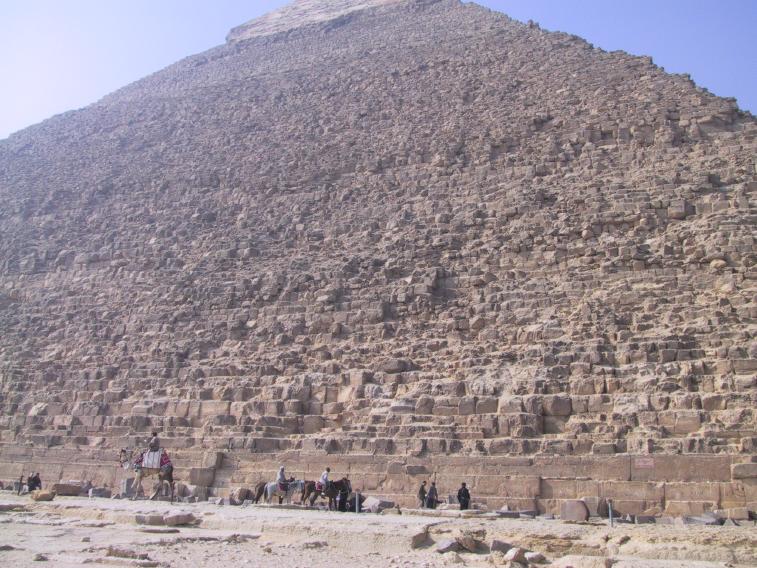
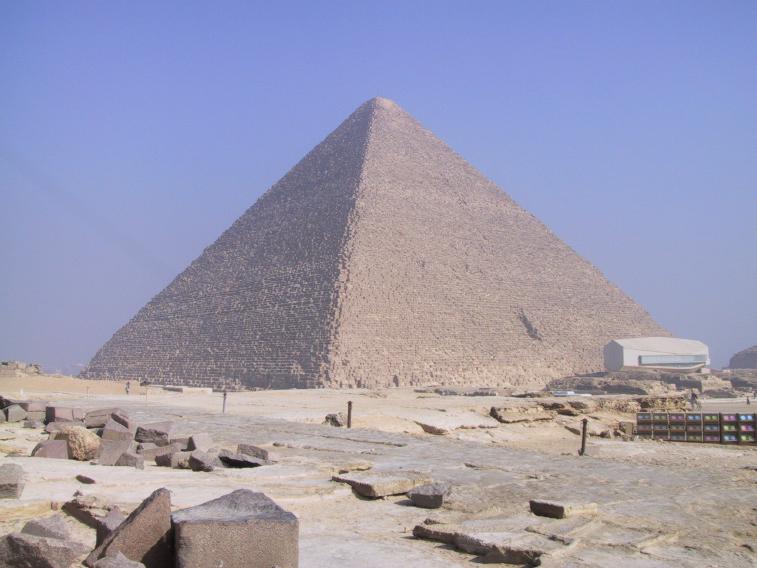 |
| This one shows how close together the major pyramids are. There are a
few of the earlier style pyramids further south in Egypt, but the major
pyramids are all built pretty much side by side in the area called the Valley
Of The Pyramids. On foot, you can easily walk around the entire
bunch of them in an hour or two. |
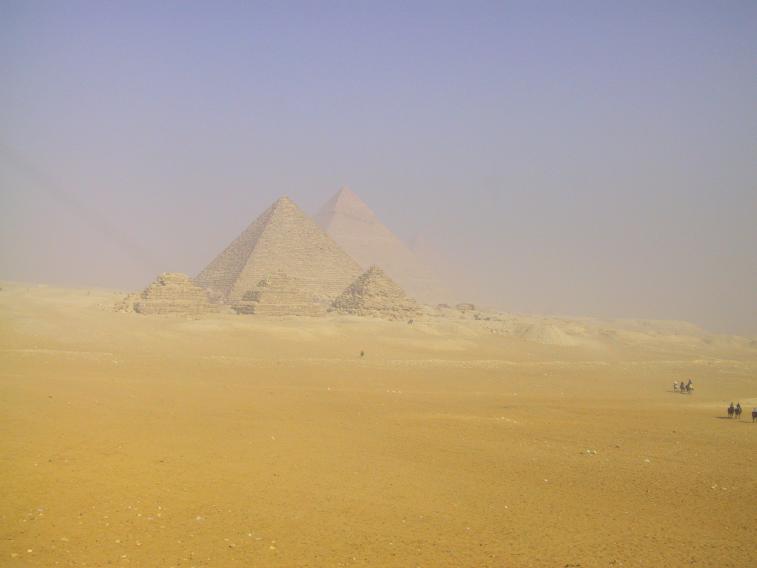 |
| These are shots inside the pyramid. The pyramids had one burial
chamber that was built with absolutely huge single stones around it.
They also had storage chambers that contained food, and other various
stuff that the Pharaoh would need in the afterlife. There is one
pyramid open to visitors at all times, although which particular
pyramid it is rotates. |
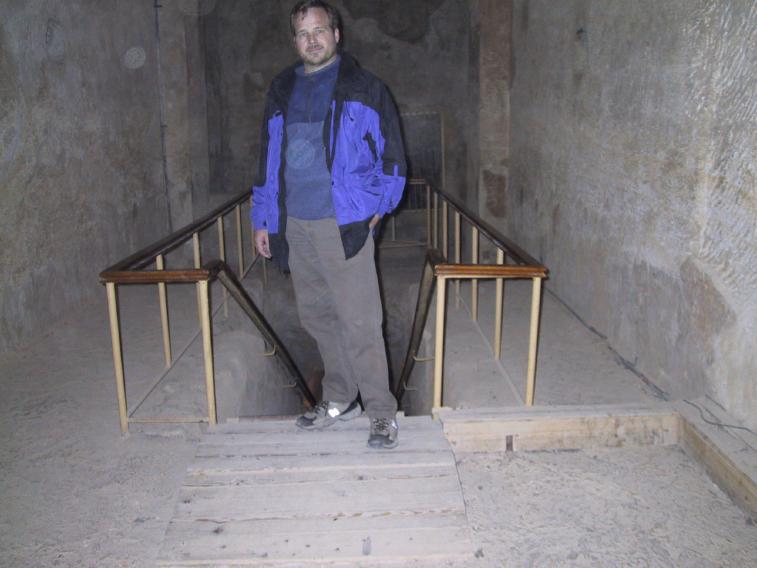 |
|
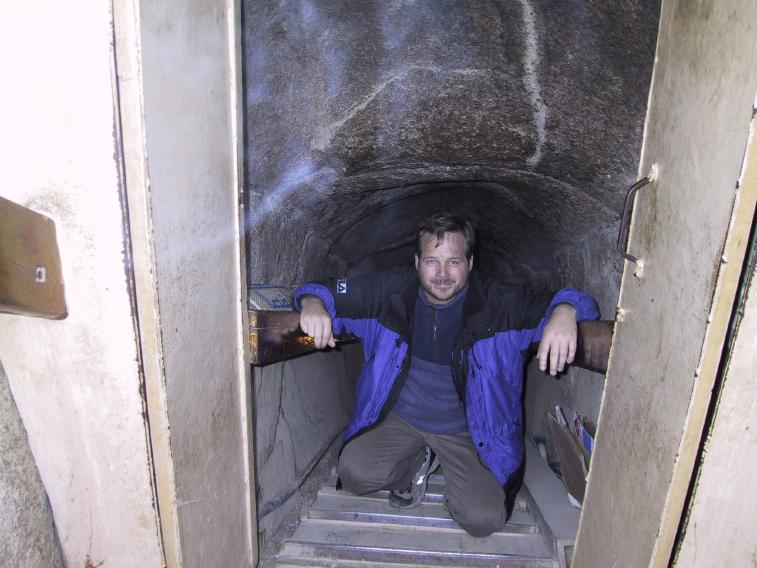 |
This one shows the famous and enigmatic Sphinx. Nobody quite knows why
it was built or what purpose it serves. These shots show a few things
that most people aren't quite aware of.
- The sphinx isn't quite as big as it's usually portrayed as. It's
pretty big, but not as big as the largest of the pyramids.
- It's located in the Valley of the Pyramids right along with the
pyramids. You can walk from the Sphinx to Cheops in about 10
minutes.
- It's carved from an old quarry, and not built up from flat
space.
|
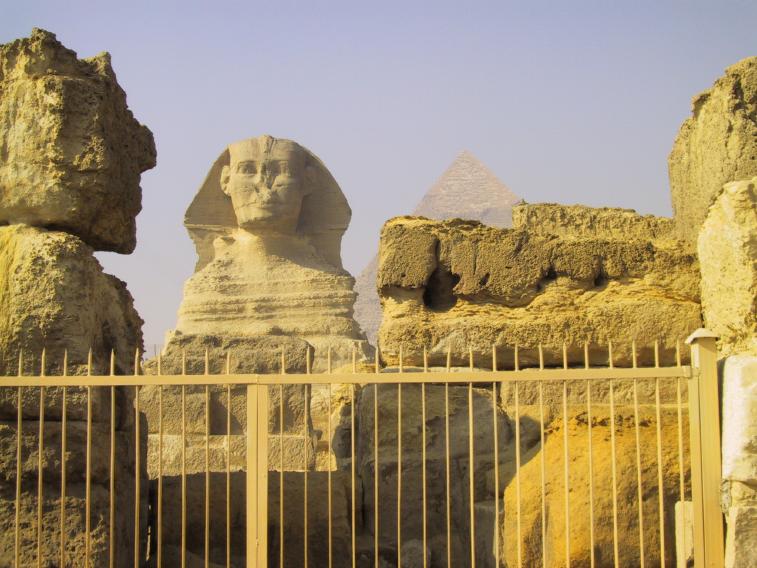 |
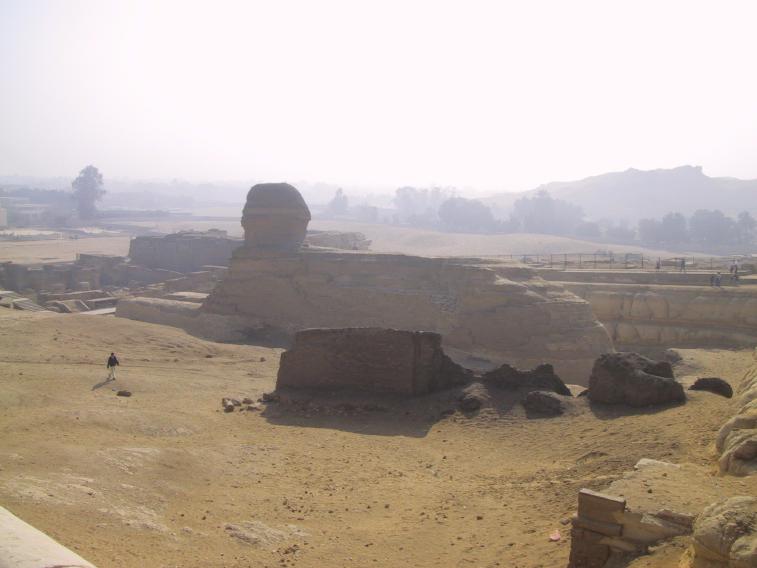 |
| This one shows the face of the Sphinx. The nose and beard were intact
up into the 19th century, but they were blown off by Ottoman
troops that used it as target practice. There's a legend that French
troops did it, but that's not true, although it wouldn't be all that
hard to believe. |
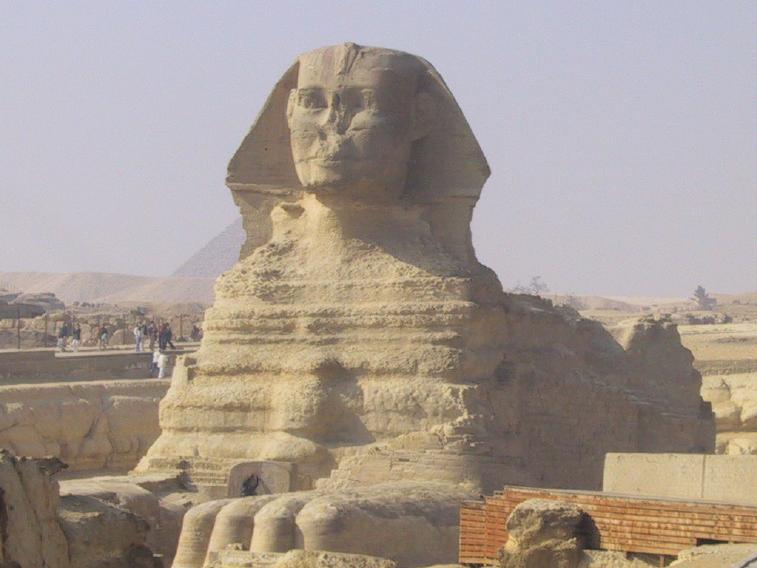 |
| This is obviously Noelle, who came to Egypt with me. This was our
first vacation together in a long time, and we had a very interesting
time. |
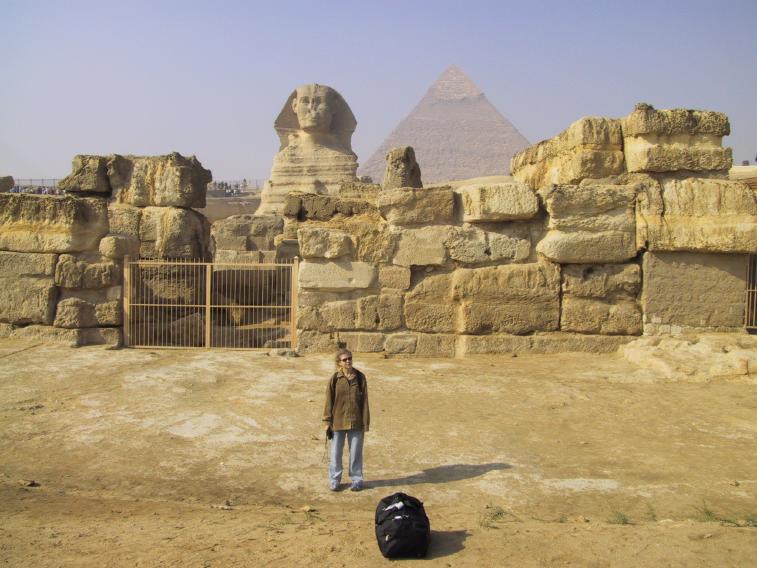 |
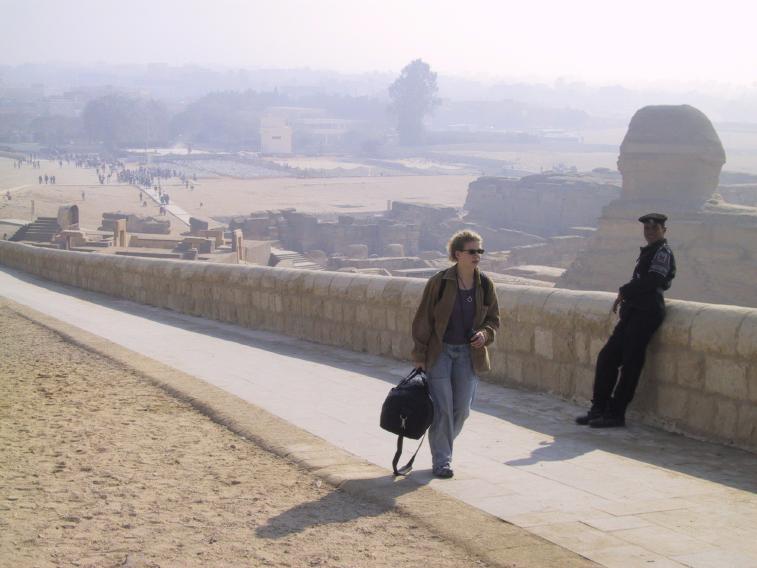 |
| These two shots show the Cairo skyline from the fifty story Cairo
Tower. The two interesting things about these are the sheer size of
the city, which has more than double the population of New York City,
and how close the pyramids are to the city center. The second shot is a
detail for the left quarter of the first, showing where the pyramids
are in relation to the city. |
 |
|
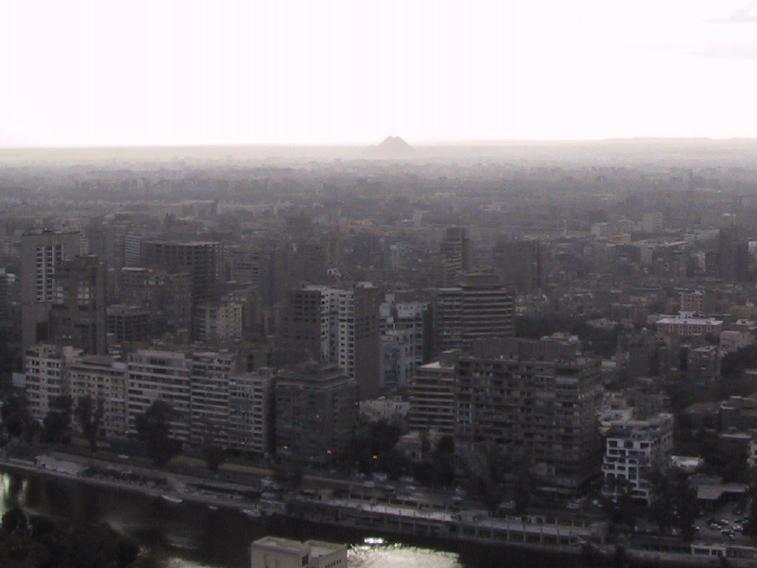 |
| This is the Nile, generally considered to be the cradle of
civilization. |
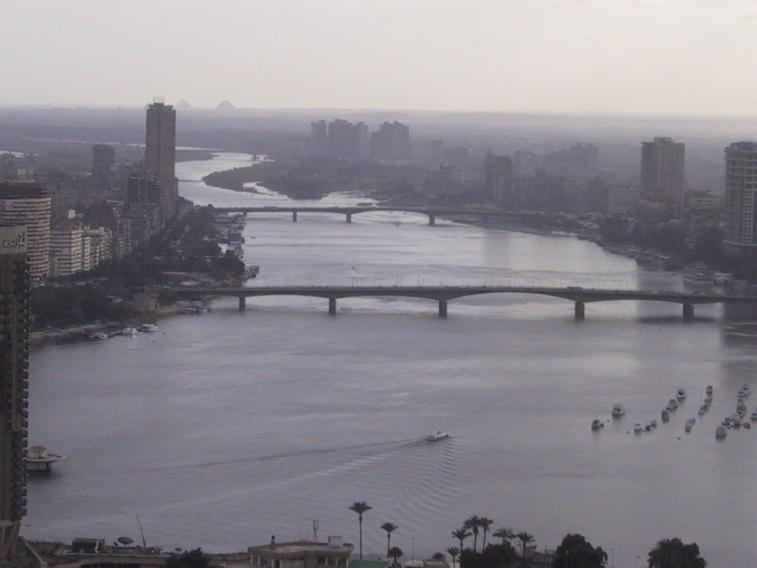 |
| These are a few shots from the Cairo Antiquities Museum. There
aren't a lot of them, because museum pictures are generally very dull. |
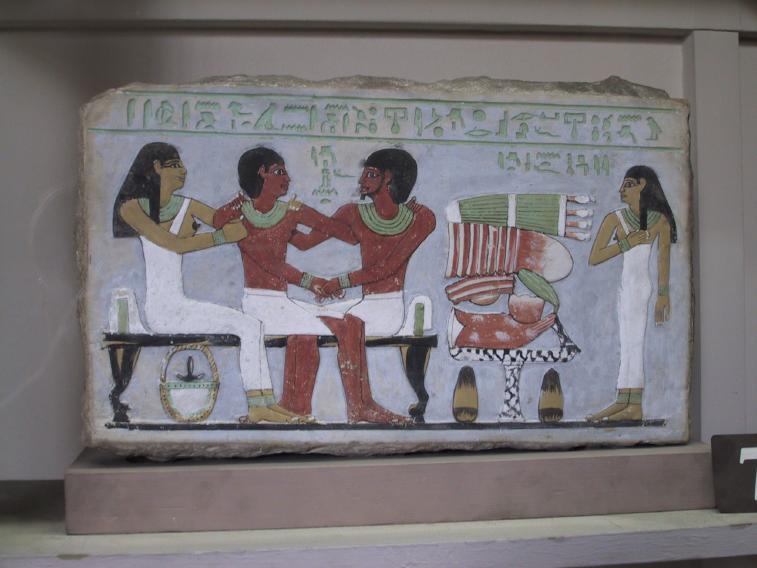 |
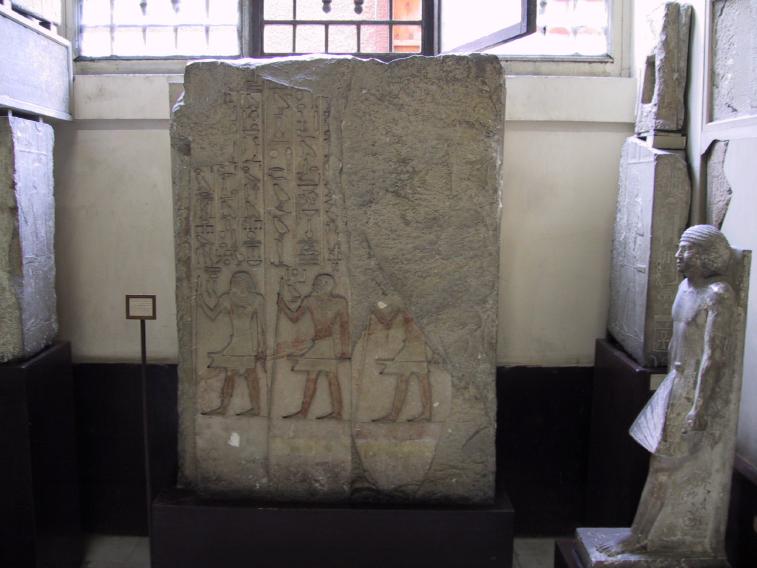 |
| These are some examples of different styles of hieroglyphics as they
evolved over time. |
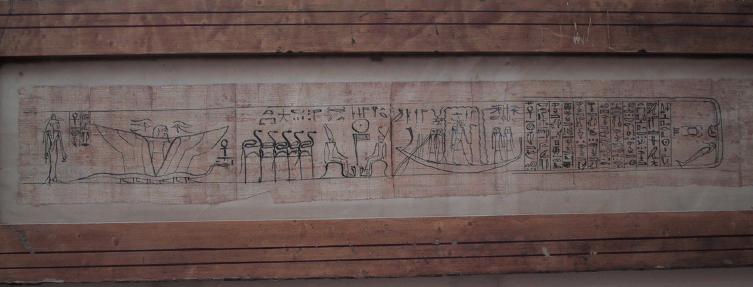 |
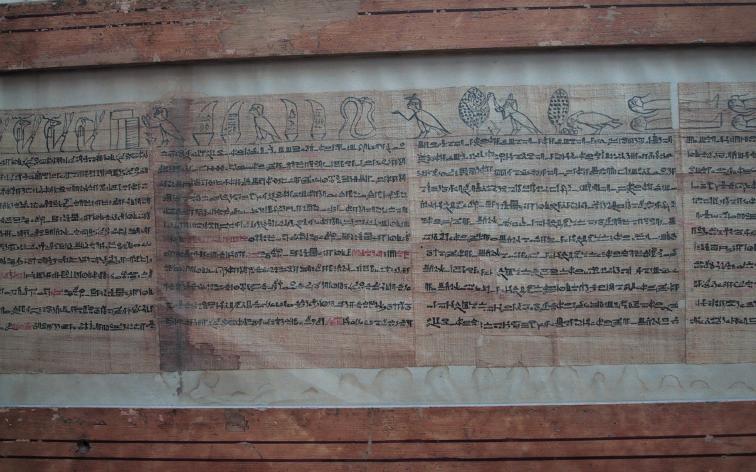 |
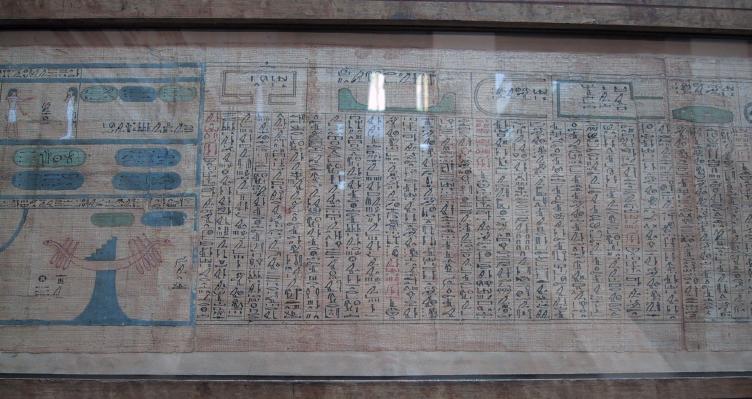 |
| Here are a few examples of very old jewelry. The interesting thing
about this stuff is that my younger stepdaughter Rachel makes jewelry
virtually identical to this today, and it's considered very cool and
stylish. |
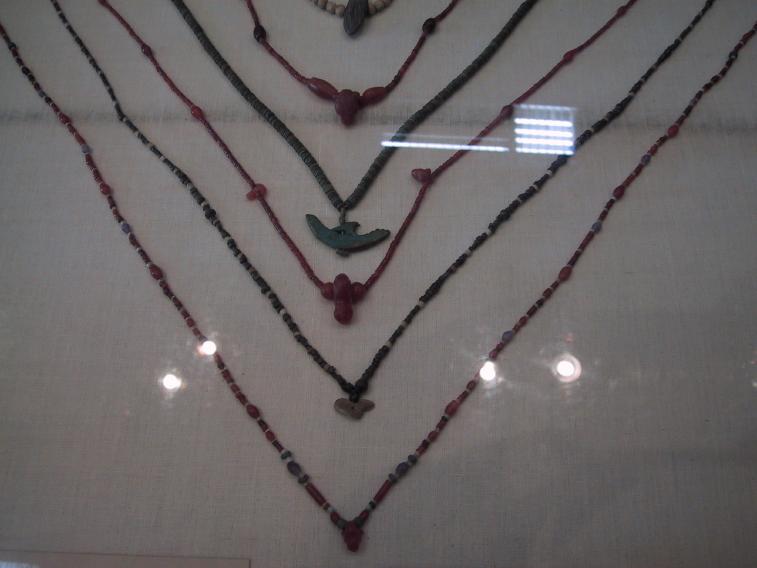 |
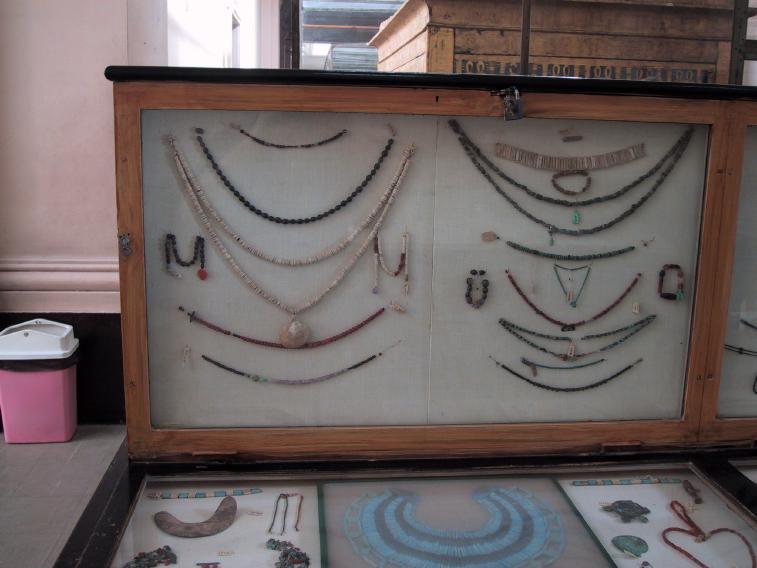 |
| Noelle at the airport, obviously happy to finally be getting away from
me<g> |
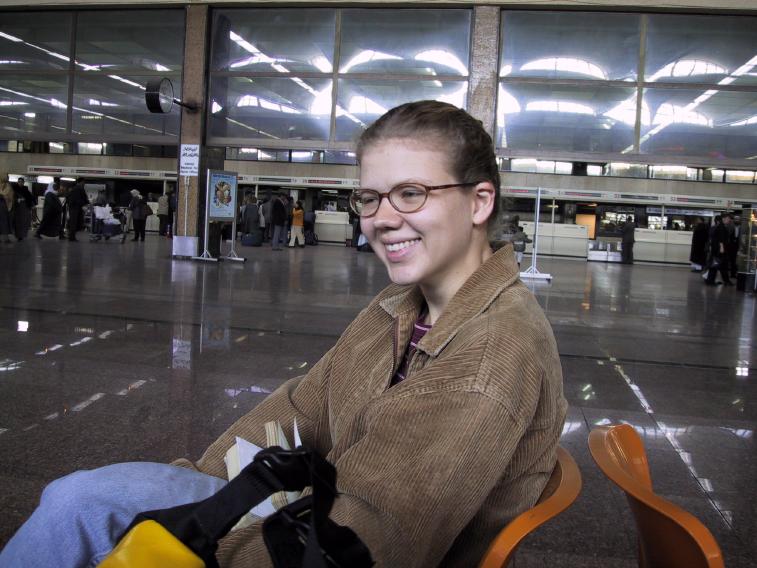 |
| Here's the expression after she caught me taking the first picture. |
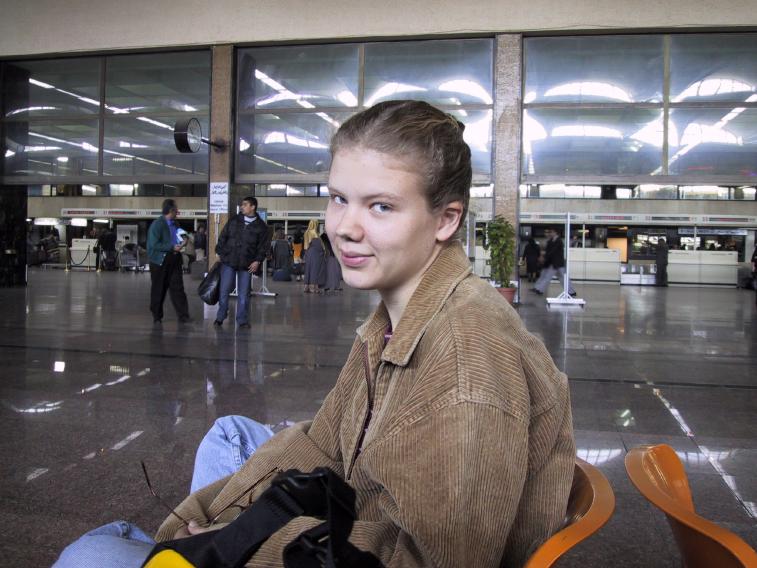 |
| And here's her revenge. |
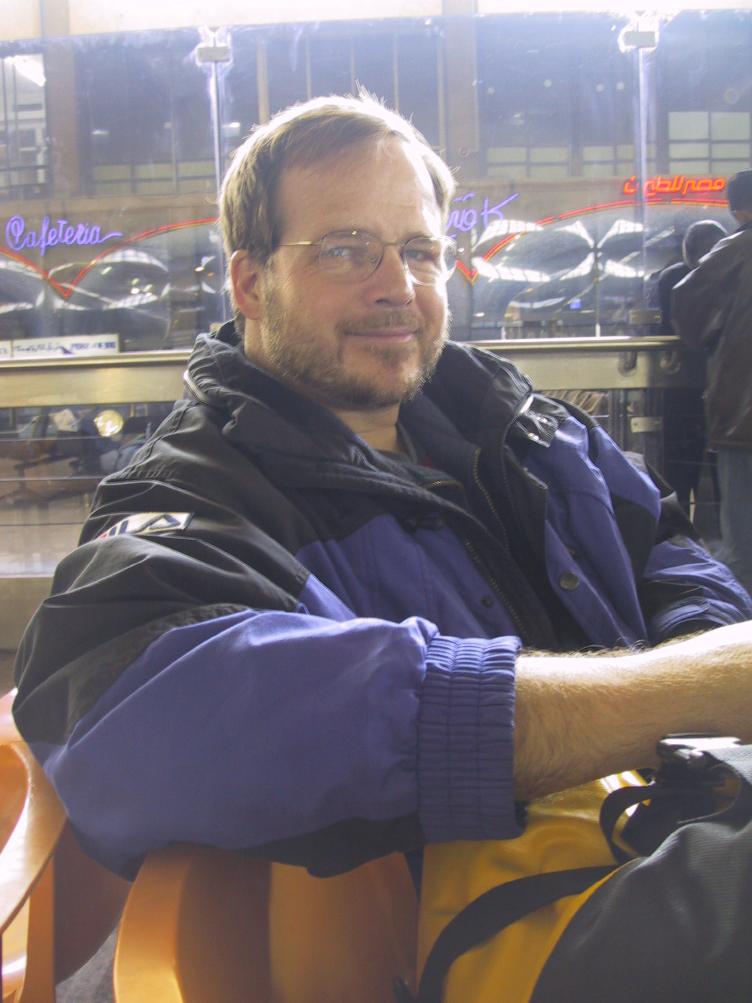 |



























